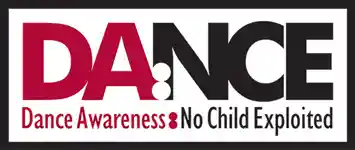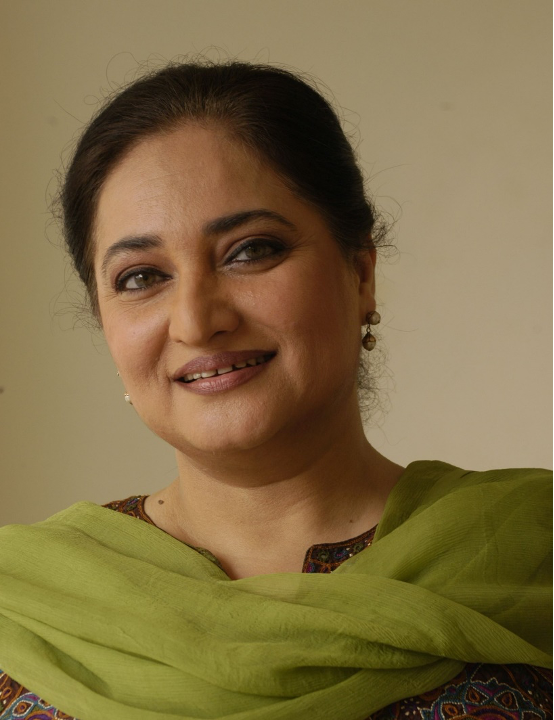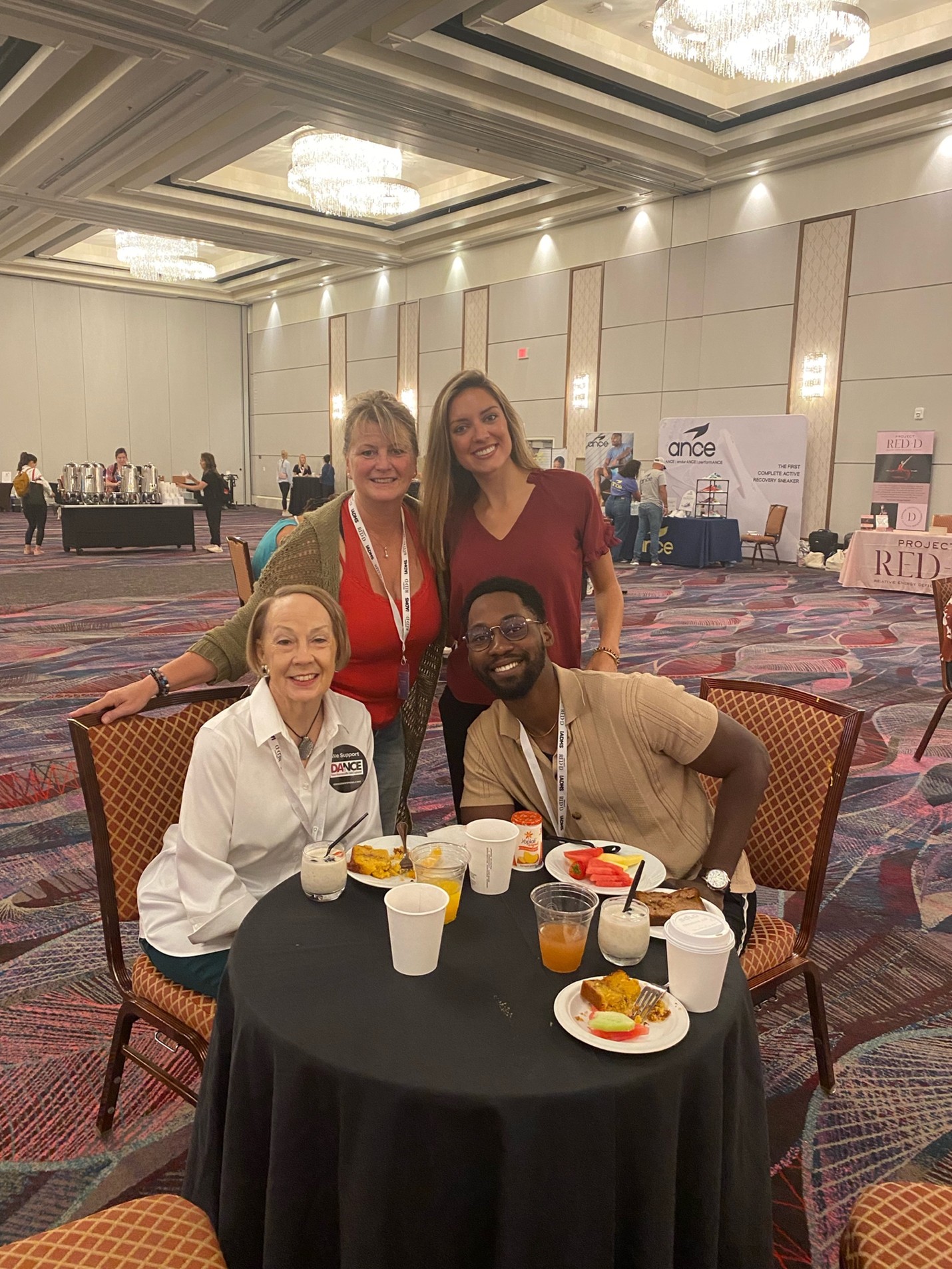India is a land of dancing- at festivals, festivities and social events. For most young Indians, the initial settings for learning informally, are family settings, especially weddings. The family, a gaggle of aunts, uncles, cousins, second cousins, nieces, nephews, especially grandfathers and grandmothers, as preservers of culture, encourage the younger generation profusely. I remember being the first on the dance floor. All the songs to which we would dance, appeared to us as fun songs. We rejoiced in wearing traditional clothes and jewelry, much as the adults wore, and made great efforts at mimicking the moves of our elders.
It was only when I became a dance scholar, and developed a critical lens, that I started being troubled by the content of the songs to which I was dancing. Of course, I was having fun and my dancing was ensuring that my 642 muscles would get fired regularly and that my confidence was soaring. Social integration was a byproduct and my ability to pick up patterns, innovate, create, improvise, were honed. These were all qualities that have been very useful in dealing with challenges of adult life. My issue, as I looked critically at my own dance journey, emanated from the disturbing content of the songs, which would be depicted visually rather graphically but in a stylistic manner. It was evident, that I really didn’t figure out what I was doing as a child. Further, that it was happening with the approval of the adults in the family, who were not just supportive but positively encouraging, misled me. It stopped me from even suspecting that there could be something wrong. I never joined the dots till so much later.
Let me give a specific example here. Most folk dances have romance, eroticism and double entendres built into the text. A double entendre is a pun, a play on words, where a word, or even a whole phrase, has a secondary meaning, which is often sexual. By its covertness, the secondary, sexualised meaning of the word, does not reveal itself to a young child, who has limited experience of the universe of love, desire and seduction. These are eternally popular themes, sung from generation to generation. Such songs cause mixed messaging to the child dancers.
Some popular folk songs that are frequently included in the repertoire of wedding songs and dances, have family politics at their core. They feature the devious mother-in-law, the cruel sister-in-law, the husband with a glad eye and the sexy new wife. The songs also include content that conveys coupling, through erotic moments of the first days of marriage. It must be remembered that India has a tradition of arranged marriages in which the newlywed couple are complete strangers to each other till their wedding day. These songs may have served to prepare an innocent young girl, not exposed much to intimacy, the reality of married life, that awaited her. I don’t know how much these songs really helped the young bride. But the sexualised lyrics and accompanying dance moves, were all too difficult for her young sisters to comprehend. Thus, the illustrative movements in dance were seen by me as innocent hip and chest thrusts, but never as sexualised movements.
One of the most popular Punjabi wedding songs, that is a dance favourite too, is “Bajre da sitta”. It means a cob of pearl millet. Literally it says “I crush the cob of millet in my palms. And I win back my lover with my charms”. I need not explain the double entendre implicit. I have danced to this song so many times, honestly, believing it is inspired by the agrarian lifestyle and agricultural wealth of my federal state of Punjab, and so never questioned the imagery as a girl. I was disturbed by the fact that I had danced to double entendres, while believing, in all innocence, that I was reflecting my culture.
Another wedding song with complexities, threw up a different kind of challenge. The words of this traditional and rather popular folk song in Punjabi, says “Sass meri ta badi kapati bina gaal na bole. Nee mein sass kutni..”. This literally translates as follows: “Oh this mother-in-law of mine is terrible, she does not speak a sentence without an expletive thrown in, So I want to pound her, pound her, pound her…). At the point of the ‘pound her’, literally a mortar and pestle movement is danced. In this song the question that arises is what is the value that we are promoting? If dance is a way of transferring civilizational and social values, then this is problematic. The violence in the words is matched by the violence in the movements.
Both songs have been amplified via films. ‘Bajre da sitta’ is part of the 2022 film ‘Surmedani’, starring a popular film star from the Punjabi film industry, while the other song is featured in a 2022 film by the same name as the defining words in the song, namely, ‘Ni mein sass kutni’. It has received sufficient success to have spawned a sequel this year, ‘Ni mein sass kutni-2’.
The film industry in India’s southern state of Kerela, is currently seeing a strong #MeToo movement that is bound to have an effect on other Indian film industries in the future. But for now, most other film industries are silent on both #MeToo and the sexualised content that needs to be challenged. However, the intent in these two examples of inappropriate folk-dance songs, is not primarily sexualising, but reflecting a living and lively vernacular culture.
Effectively, the contrast between healthy dance and hypersexualised dance is really intent. I am more perturbed by another phenomenon. This too stems from an amplification model. It takes the form of children’s dance reality shows on television, where the dance is almost always to a popular film song, the content of which is patently adult. To grab eyeballs the choreography selected for each song takes advantage of the child’s very flexible body, to magnify the impact of adult moves. This makes for what can at best be called, choreography on steroids. Children can be put at risk of physical injury. In the case of those children who are impressed by risky, aggressive or overtly sexualised moves, and the accolades the young dancers on television receive, there is a real risk of early sexualization. It also encourages a spate of copycat actions, off and on stage. This year, on teacher’s day, 5th September, in an Indian school, the dance in honour of the teachers, was shockingly hyper-sexualised.
Frankly, the concerns about dance reality shows are just so many- whether it is good for the children to be in the environment of emotional manipulation, of exploitative labour, or stark competitiveness. Sexualised content is just one aspect of concern, but an essential part of the television rating points (trp) game and hence inevitable. Trps are a metric used to measure the popularity of a TV programme or channel. To ensure high trps, the dancers are made to dress adult, in miniaturised version of adult costumes, with bare waists, short skirts and ‘decolette profonds’. Further, the choreography, by focusing in the bad touch areas can at best be described as soft child porn. This is equally true for the girl and the boy child dancer. When it comes to the boys, they are often made to resemble the street lout. Their choreography includes offensive behaviour like whistling, harassing, invading the girl’s personal space and touching either the girl dancer in an unseemly way, or lingeringly touching those parts of their own bodies that would come in the bad touch areas. In some cases, they reveal underclothes, adjust clothing pointedly around the groin and even dance shirtless.
It all seems to be aimed at feeding some fantasy with children. Even if hypersexualised dancing is unscrupulously described as cute, the standards seem to be addressed to the male gaze, a particularly perverted male gaze that objectifies the child women. In condoning the parodical adult behaviour by the boys, it adopts a lackadaisical “boys will be boys” attitude.
Today, in India, the issue of women’s safety is a burning one. It may give us an opportunity to affect some mid-course corrections, since children continue to be monetised via dance, by the television and media industry, and regrettably, even by their own parents. More and more media platforms, including social media platforms like insta reels and tik tok, have become popular. An increased number of devices are available to children, with them spending longer, unrestricted, digital viewing time. The issue of hypersexualised dance by the child, with all its attendant concerns and problems, may become an epidemic. It challenges us as nurturers. With what perspective do we, as adults, appear to be handling our responsibility of keeping our children healthy and safe? What will this kind of dance tell future generations about us and the civilizational values we are upholding?
Bio: Twice a Fulbright Fellow, Dr. Arshiya Sethi, established and manages the Kri Foundation, which for over two decades has braided Arts, Activism and Knowledge creation. Formerly dance critic for India’s leading English daily Times of India, and presenter for four decades of a featured Music and Dance programme on National TV, Doordarshan, she was advisor to India’s 24-hour arts and culture channel, DD Bharati. She has been in the vanguard of the dance film movement in India, and has nurtured the Dance & the Camera festival- DanzLenz. Author of popular and scholarly writings, co-editor and contributor to “Dance Under the Shadow of the Nation” (2019), a DSA publication, she is Editor in Chief of the international academic Journal- South Asian Dance and its Intersections (SADI), launched in 2019 and hosted by the University of North Carolina, Charlotte. Contracted by Routledge for the book based on her doctoral work, she has contributed to several anthologies on Indian dance. Co- author of “Non-Gharanedaar: Pt Mohanrao Kallianpurkar, the paviour of Kathak” the first book on Indian dance with a cloud attached, accessible via QR codes, her new areas of work include Indian dance globally and dance and its intersections with law, assessing impacts on dancers, including child dancers. Her pioneering work on arts and the law and has resulted in a performing artist friendly, co shared, virtual resource centre, www.unmute.help, a portal for legal literacy about rights, responsibility and compliances for Artistes and Arts leaders.



